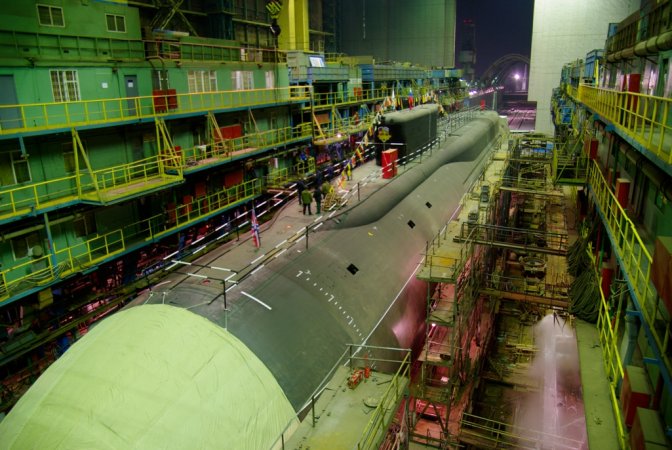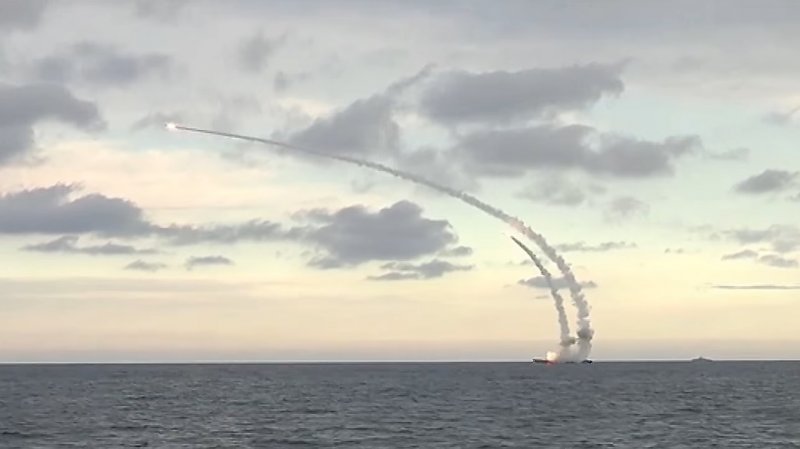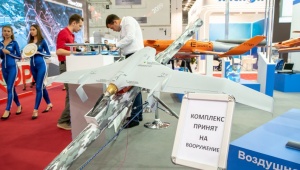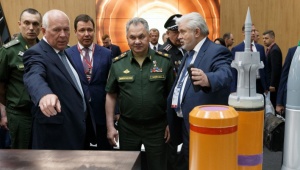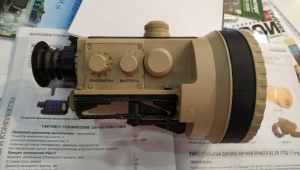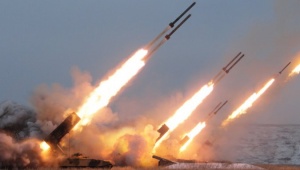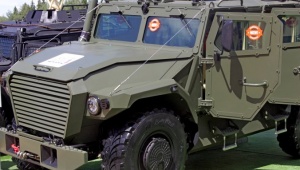Submarines
What seems the most implementable is the project of a non-nuclear submarine with an anaerobic powerplant considerably increasing underwater operation period. In Russia, such air-independent engine is being developed by the Rubin design bureau that has already reported about successful inshore bench tests. Sea trials are to be held in 2016, and RD works on a submarine capable to stay underwater for up to 3 weeks are scheduled for 2017. Total number of the Kalina-class advanced submarines will be set in the Defense Procurement Program 2025, which has not been adopted yet though.
In nuclear submarine segment, no serious changes are to be expected in the nearest future. Up to 2020, the Severodvinsk-based shipyard Sevmash will continue construction of the Yasen-M class multipurpose nuclear-powered subs and the Borei-A class SSBNs. With this background, the Russian Navy has just started to form performance specifications for a fifth-generation nuclear-powered sub to be codenamed Husky. There are few facts known about the new submarine: it will be a multirole sub armed with hypersonic antiship missiles. Besides, Russian 5G nuke subs flotilla may take on strength an antisubmarine hunter sub. According to open documentation as of refitting of production facilities, it is planned to build fifth-gen submarines – just like the present-day nukes – at the Sevmash shipyard.
Future submarines are to be designed with wide use of composite materials capable to reduce vibrations and noise signature. Construction of composite hulls is out of the talk so far; composites will replace metal in outer surfaces, rudders, fins, screws and other exterior elements.
Speaking on the future of submarine fleet, much attention is given to reduction of crew strength. Modern subs have about 100 men onboard; in prospect, their number is planned to cut down to 30-40 through introduction of automated control systems.
The Status-6 ocean-going multipurpose system is a separate representative of future Russian submarine force. Information about that system leaked out after the presidential briefing in November 2015. A self-propelled submersible operating within 10,000-km radius and diving down to 1,000 meters would be a striking force of the system as it is designed to destroy an opponent’s coastal infrastructure. It is supposed to be mounted on nuclear submarines Belgorod (Project 09852) and Khabarovsk (Project 09851). The first one, formerly a cruise missile carrier, is being rebuilt into a special-purpose submarine, and the second one is being built from scratch. Both subs are at the Sevmash shipyard.
Surface ships
According to naval functionaries, prospects of Russia’s surface fleet are less ambitious, being primarily aimed at reaching of oceanic zone. New Project 23560 Leader destroyers are to become a 'power horse' of that process; their building will be included into the Defense Procurement Program 2018-2025. Only concept model parameters of the ship designed by the Severnoye Design Bureau leaked out to open press. Supposedly, every ship of that class would carry over 200 missiles of different types and displace 18,000 tons, which is more than twice as much as that parameter of Soviet Sarych-class destroyers (Project 956). The ships will be powered by nuclear reactors.
Nuclear "heart" of a Leader-class destroyer is to be unified with a powerplant of another Russian prospective development, i.e. a new aircraft carrier codenamed Storm. It is planned to combine two flattop building schools, Soviet and Western ones. Example, aircraft takeoff will be provided both by ski jump ramps and electromagnetic catapults. This would help to keep balance between the need to ensure takeoff speed for heavy aircraft like AWACS, and quick takeoff rate. Supposedly, the carrier would accommodate at least 80 airplanes and helicopters. The new ship is to be laid down after 2025 at Sevmash, the only Russian shipyard capable to build 300-meter long sea craft.
The third Russian Navy’s ship-of-the-future would be a helicopter carrier. Even early phase of design works entailed a wave of rumors about upcoming replacement of sanctionable Mistral-class landing platform docks. At defense shows in the summer 2015, experts of the Nevskoye Design Bureau presented their model of the Priboy-class landing ship, and scientists of the Krylov Shipbuilding Research Institute located аt the next pavilion demonstrated a model of Lavina-class helicopter carrier. Nonetheless, the Navy’s answer was clear – such ships would be ordered not earlier than 2017.
In the context of surface ships building, a special mention should be given to the statement of Alexey Rakhmanov, director at the United Shipbuilding Corporation; he said about introduction of electric propulsion systems into new marine facilities. Currently, such systems are used mainly on auxiliary vessels and icebreakers, but in prospect they should be used on all naval ships. Their operating principle is based on rotation of a propeller screw by electric motors powered by a main propulsion plant. This allows for the freer ship layout in terms of the powerplant arrangement, and considerably increases maneuverability.
Weapons
Curiously enough, the most realistic project in the naval arms segment is not an offensive but defensive weapon. The matter is anti-torpedoes that would help Russian submarines to gain advantage in duel situations. Although today the Paket-NK system is developed only as a ship-based version, director of the Admiralteyskie Verfi shipyard announced that the diesel subs being built at the yard would be also equipped with anti-torpedoes.
The next item in the Navy arsenal’s renovation list must be a modernized variant of the Bulava SLBM, a project by the Moscow Institute of Thermal Technology. The need to renew key weapons of strategic subs is reasoned by "radically new design solutions emerged to increase effectiveness of the weapon’s use". In addition, the new Bulava will become cheaper.
The Caliber cruise missile system will also enjoy improvements. The world did see the capability of those missiles during the Russia’s campaign in Syria. According to the recent statements of Russian naval authorities, such missiles will be mounted in the Project 971 multirole nuclear subs.
Other advanced cruise missiles, named Zircon, will not be as multifunctional as Calibers. This system is to replace Soviet missiles Granite and will be used only for antiship warfare purposes. Key feature of the Zircon missiles will be hypersonic flight speed (5-6 Mach). These missiles are to be carried by the advanced 5G Husky-class nuclear subs, Leader-class destroyers and upgraded Orlan-class nuclear-powered cruisers (Project 1144). Although trials of Zircon missiles already started in Russia, no commissioning timelines have been stated so far.
One of the most fresh and intriguing statements was the one made by Viktor Bursuk, Deputy Navy Commander-in-Chief; he said about a technology that would help submarines to attack space objects. The Vice Admiral disclosed no details, but emphasized that such technology would be one of top priorities in naval arms development.














